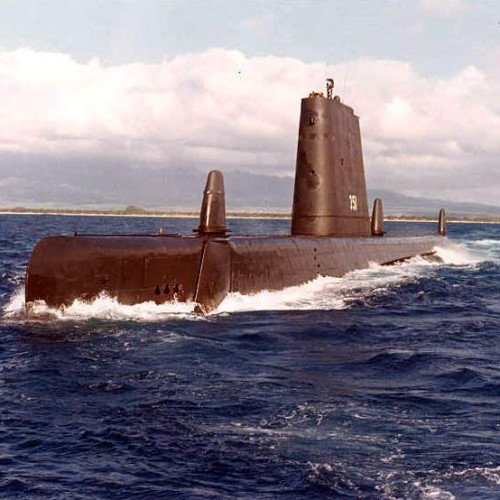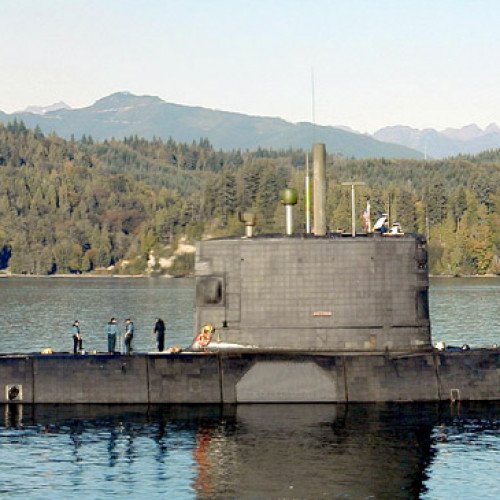Greater Underwater Propulsion Power Program vs Upholder/Victoria-class submarine

Greater Underwater Propulsion Power Program
The Greater Underwater Propulsion Power Program (GUPPY) was initiated by the United States Navy after World War II to improve the submerged speed, maneuverability, and endurance of its submarines. (The "Y" in the acronym was added for pronounceability.) The navy began the program by testing and reverse engineering two captured German Type XXI U-boats: U-2513 and U-3008. That analysis led to four goals—increasing the submarines' battery capacity, streamlining the boats' structures, adding snorkels, and improving fire control systems. The navy immediately focused on designing a new class of submarines, but the Bureau of Ships believed the fleet of existing Gato, Balao, and Tench class submarines could be modified to incorporate the desired improvements. In June 1946, the Chief of Naval Operations approved the GUPPY project. The initial two-boat test program, implemented by the Portsmouth Naval Shipyard, eventually grew into several successive conversion programs. Those upgrades proceeded in seven variants, in the following order: GUPPY I, GUPPY II, GUPPY IA, Fleet Snorkel, GUPPY IIA, GUPPY IB, and GUPPY III. Some boats that went through an early phase were then upgraded further in a later phase. Most GUPPY phases were assigned a corresponding Ship Characteristics Board / SCB project number. A similar programme for the Royal Navy involved modifications to 24 wartime and post-war British T- and A-class submarines, which were provided with streamlined hulls, sail-type conning towers, and increased underwater performance during 1948-60.
Statistics for this Xoptio

Upholder/Victoria-class submarine
The Upholder/Victoria-class submarines, also known as the Type 2400 (due to their displacement of 2,400 tonnes), are the class of the diesel-electric submarines that were built in the United Kingdom in the 1980s to supplement the nuclear submarines served in the Submarine Service of the British Royal Navy. Originally classified as the Upholder class in the British service, these submarines only served for a short span of time and were decommissioned in 1994. After an unsuccessful bid to transfer these submarines to Pakistan Navy in 1993–94, Canadian Forces Maritime Command (returned to Royal Canadian Navy since 2011) eventually purchased the submarines and a suite of trainers from the Royal Navy to replace their decommissioned Oberon class of submarines in 1998. In Canadian service, the submarines are classified as the Victoria class. These submarines initially suffered from serious electrical problems and were beset by mechanical operational incidents that limited their active service and the scope of their deployments. These problems have largely been overcome and the subs have achieved full operational capability.